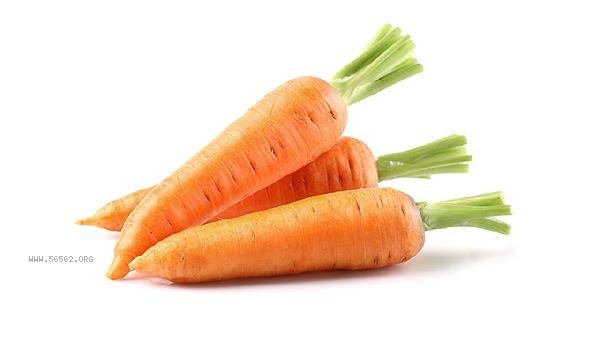Carrots and tomatoes can be stir fried together, which not only complement each other's nutrition, but also enhance the taste of the dish. Carrots are rich in carotenoids, while tomatoes are rich in vitamin C. Mixing cooking does not produce harmful substances, but it should be noted that the acidity of tomatoes may affect the efficiency of carotenoid absorption.

Carotenoids in carrots are fat soluble vitamins. When stir frying with tomatoes, it is recommended to use vegetable oil to promote nutrient absorption. The sour and sweet taste of tomatoes can neutralize the earthy smell of carrots, making them suitable for making home cooked dishes or stews. When cooking, first slice the carrots and stir fry until half cooked, then add tomatoes to avoid the latter from becoming too soft and rotten. This combination is particularly suitable for people who lack vitamin A and is also common in the production of complementary foods for infants and young children. The organic acids contained in tomatoes can slightly disrupt the stability of carotenoids, and prolonged high-temperature stewing may lead to partial nutrient loss. People with gastrointestinal sensitivity may experience acid reflux if consumed in large quantities. It is recommended to pair with eggs or meat to balance the acidity and alkalinity. People who are allergic to tomatoes or at risk of calcium oxalate stones should control their consumption.

Carrot tomato combinations can be extended to more dishes in daily diet, such as adding onions to make a base for borscht or stewing with potatoes and beef. Note that tomatoes should not be eaten together with cucumbers, as the digestive enzymes in cucumbers can affect the absorption of vitamin C. Special groups such as diabetes patients need to control the consumption of tomatoes. It is suggested that the daily intake of carrots should not exceed 200g. Only by keeping a diversified diet can nutrition balance be achieved.









Comments (0)
Leave a Comment
No comments yet
Be the first to share your thoughts!